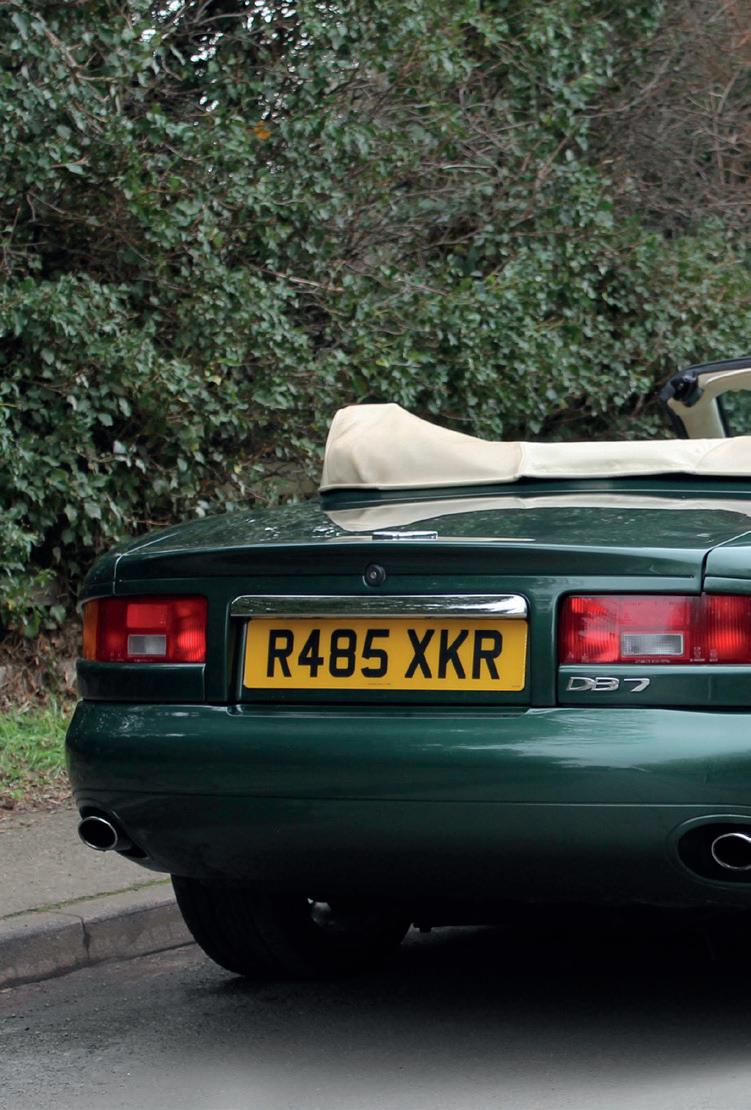
3 minute read
The XJ41 was being canned by Ford
Naturally, I wanted to find out, and it turned out Tom Walkinshaw was putting a proposal together to replace XJ-S, and XX was what he called it. His in-house stylist, a young Ian Callum, put together a superb looking prototype with XJ-S underpinnings.
Ian says that the XX model was never fully refined, so pictures of it don’t exist (according to him).
Advertisement
I don’t think that by this time there was a total trust-based relationship with Tom and Jaguar, but for whatever reason, Jaguar turned down the Callum/TWR proposal, more likely than not a case of ‘NDH’ (Not Designed Here).
Tom had a good relationship with Ford PR Chief Walter Hayes, who was also head of Aston Martin. Walkinshaw showed Callum’s proposal to Hayes, and he decided it would make a great Aston Martin.
Callum was given the job of ‘Astonising’ the XX and made a superb job of it. It was a stunner.
It was known as NPX. Why? Newport-Pagnell was where all Astons were made at the time. Strangely enough it was never made at Newport-Pagnell, but in TWR’s Bloxham, Oxfordshire factory which had just evacuated the last XJ220s. So it was empty (amazing how these things came together for Tom, he really was a very shrewd man).
Hayes gave it the go-ahead, and the ‘NPX’ became the Aston Martin DB7 Coupé. It would run completely
XJ-S running gear, a 3.2 litre version of the 4 Litre Jaguar AJ6 engine using an Eaton Supercharger (which Jaguar had been working on with its 4 litre engine). The four-litre was being twin-turbocharged for the XJ41.
A few of these engines ended up in XJ40s, which in turn mostly ended up in the scenery.
The XJ41 was being canned by Ford for being over-weight, over cost and late.
I had driven the XJ41 during the vehicle assessments, and bottomed it out along the Fosse Way, a normal test route and not considered severely bumpy. Sure, it was a first prototype, which are often heavy, but it felt languid and claustrophobic. It was based on XJ40 running gear which Jim Randle had engineered for superlative ride and isolation.
In retrospect, it was not a great sportscar, but had incredible performance. It could possibly have turned into something quite unwieldy.
Either way, it didn’t take long for Ford to bring the XJ41 project to a close, and start again with X-100, which became the new XK or replacement for the XJ-S.
Instead of XJ40 running gear the XK had its own suspension, loosely based on XJ40, with no cradle and single coil springs, like the XJ-S. If you ask me, and nobody has, I would have much preferred XX to X100.
I’d be surprised if the rear IRS was cheaper or better than the XJ-S because the tooling was already there and paid for.
X-100 was still slightly claustrophobic with that enormous slab of curved wood as a dashboard. I think Jaguar, in that period, singlehandedly put the market off wood interiors by profligate overuse in the X series cars. Callum’s Aston DB7, by contrast, uses wood tastefully and sparingly, and the Aston’s leather is in all the right places. Beautifully done.
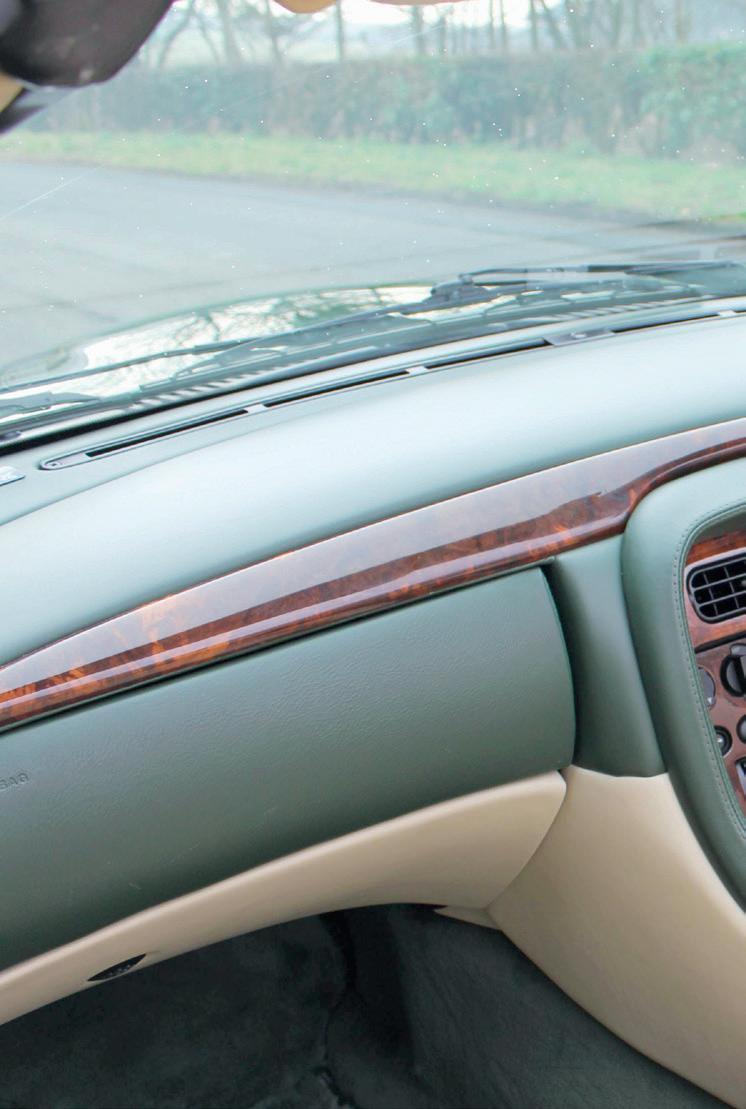
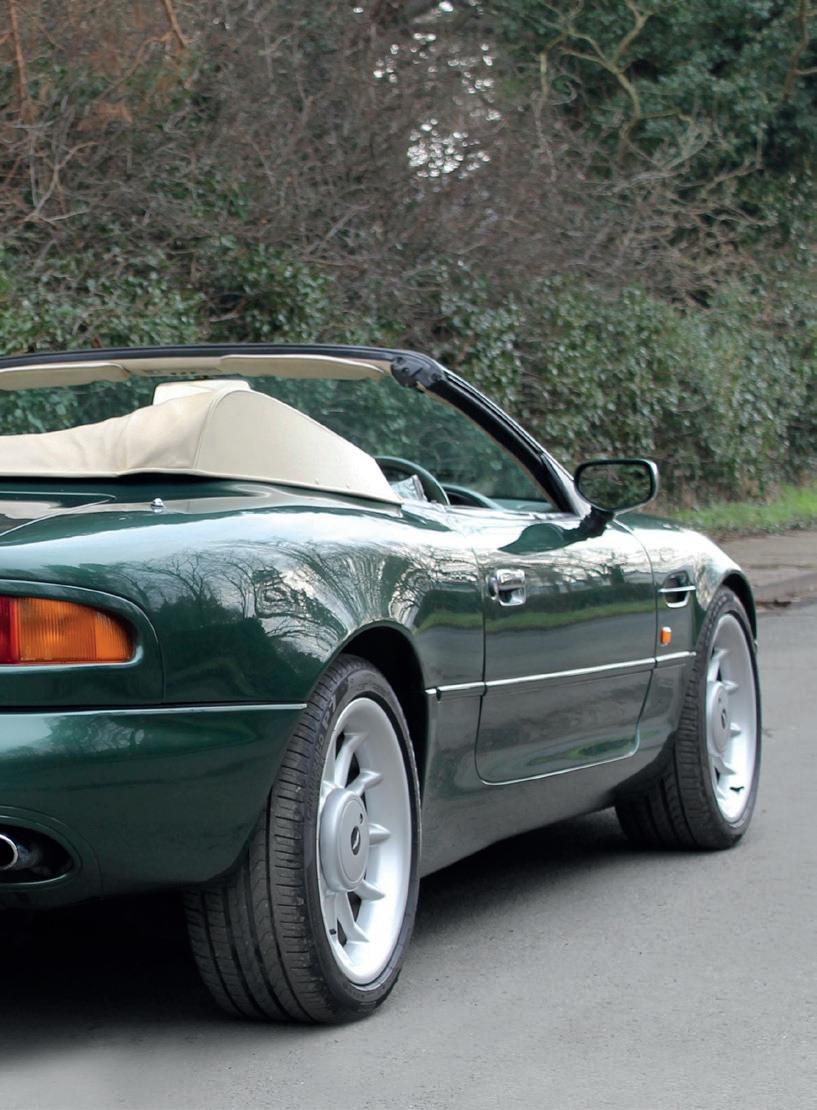
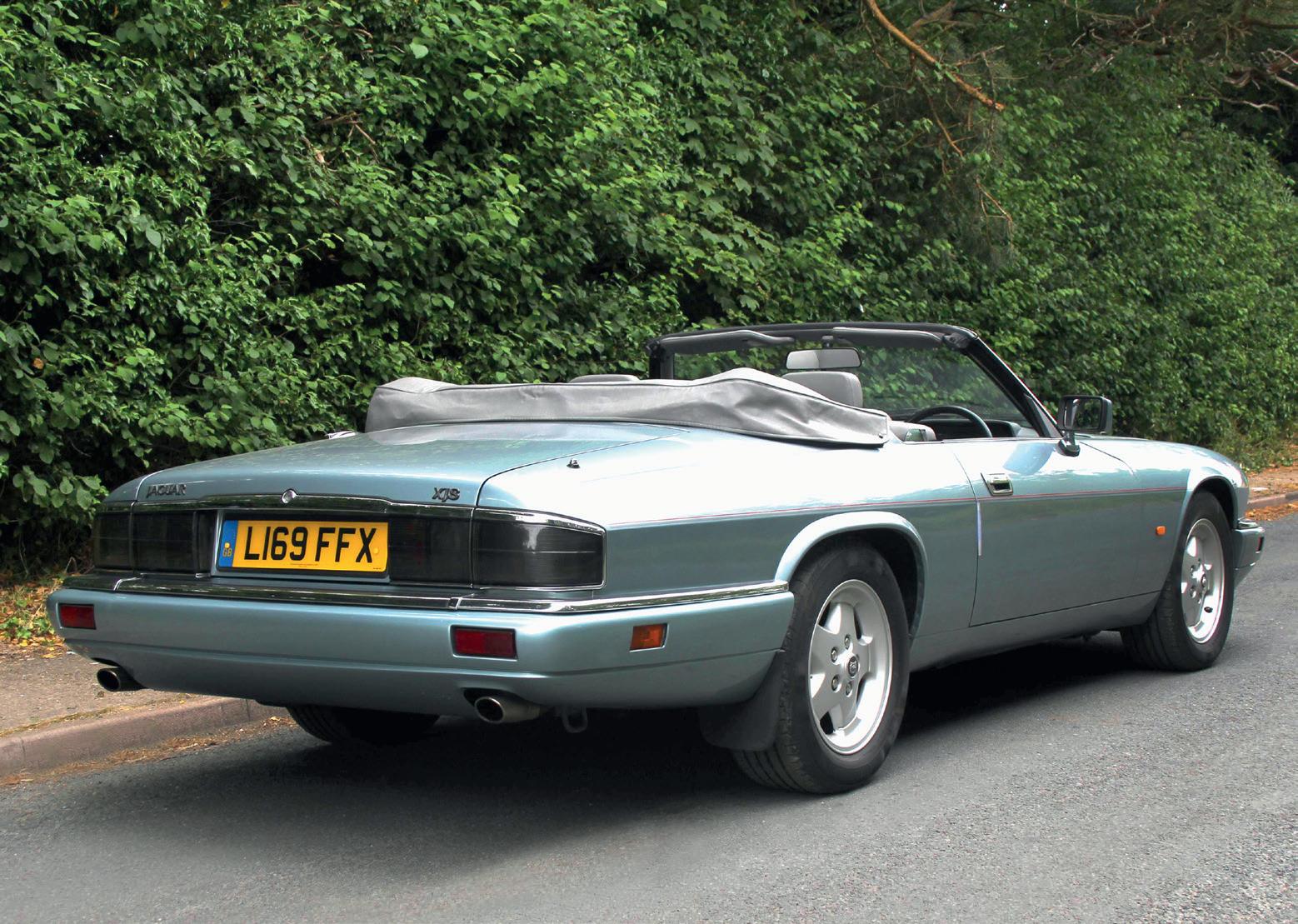
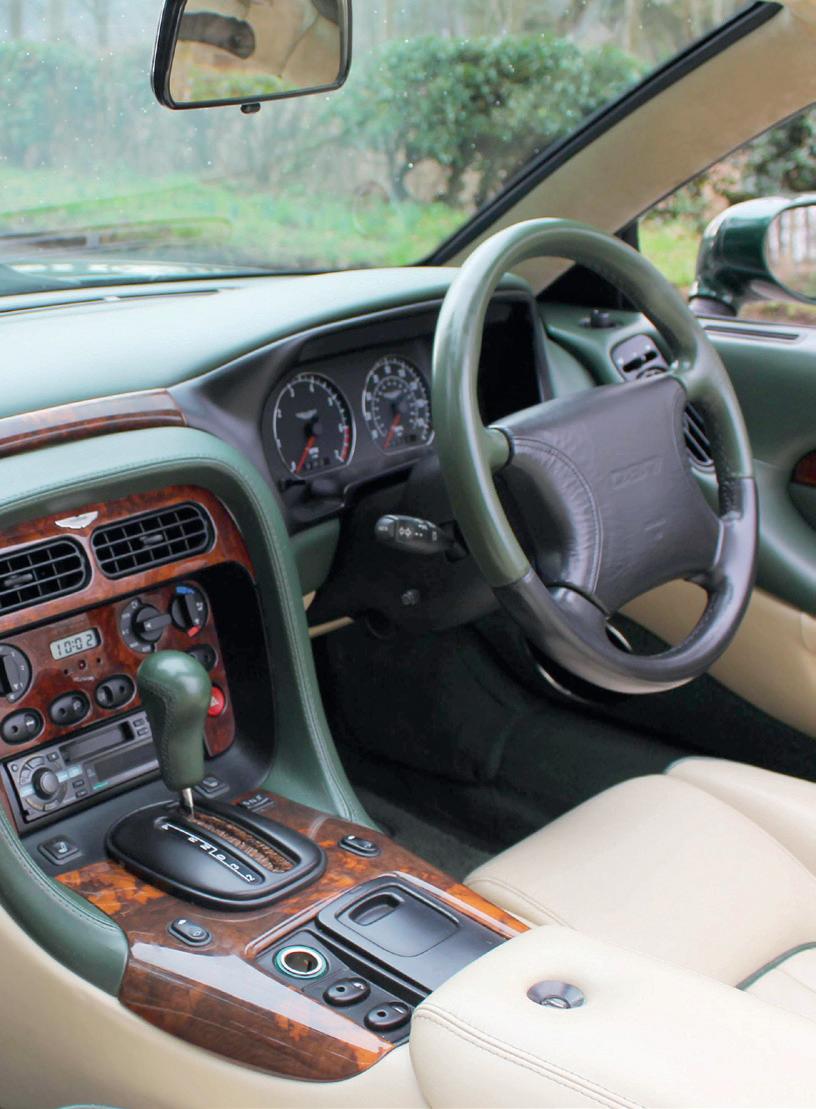
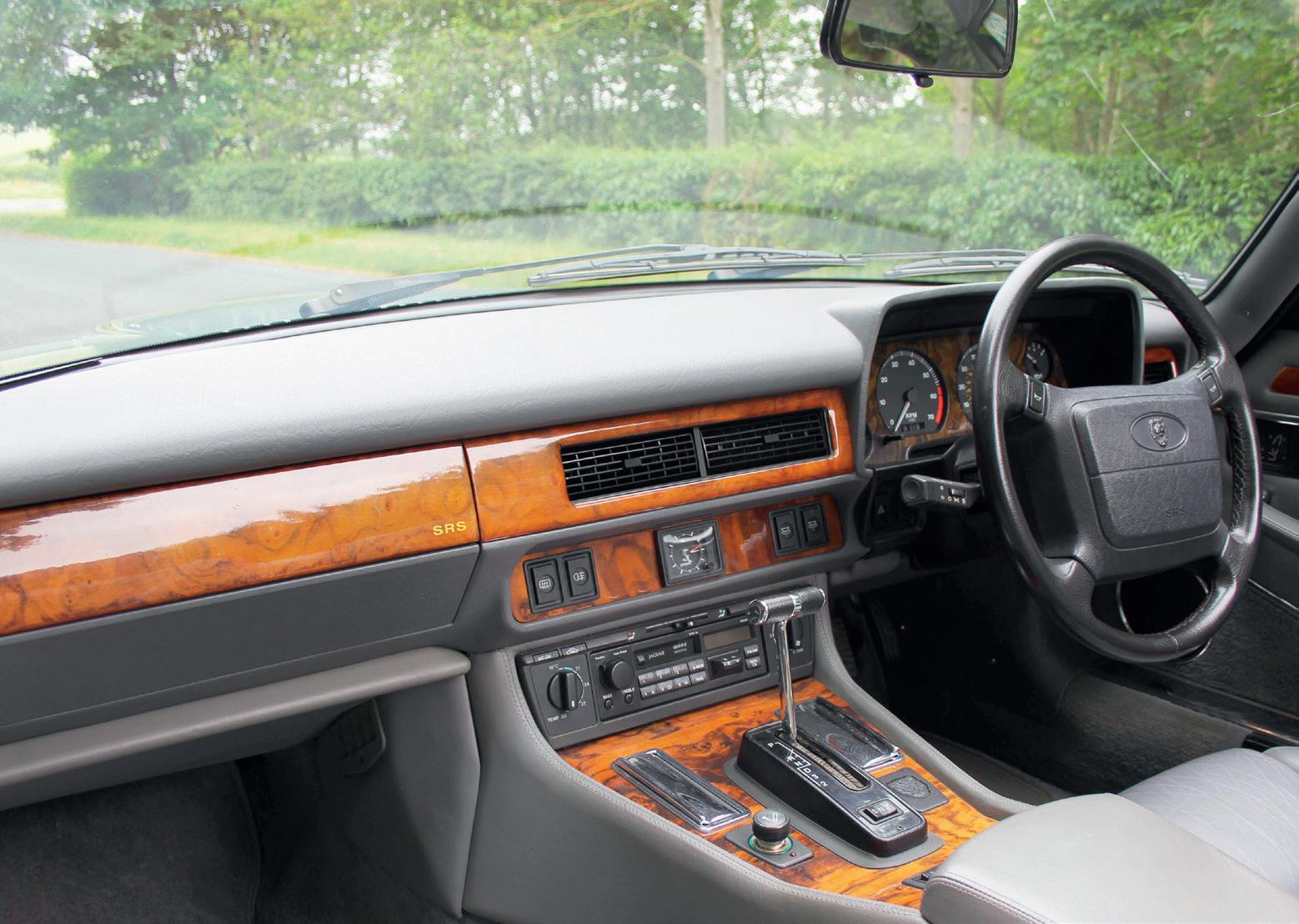

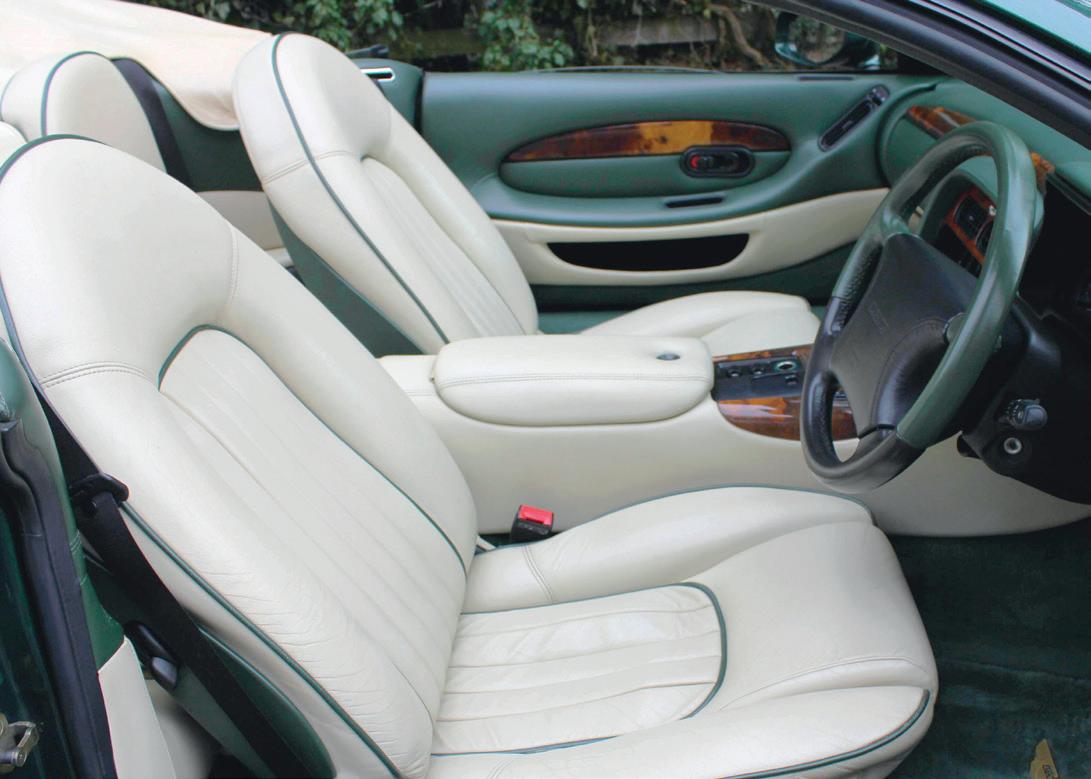
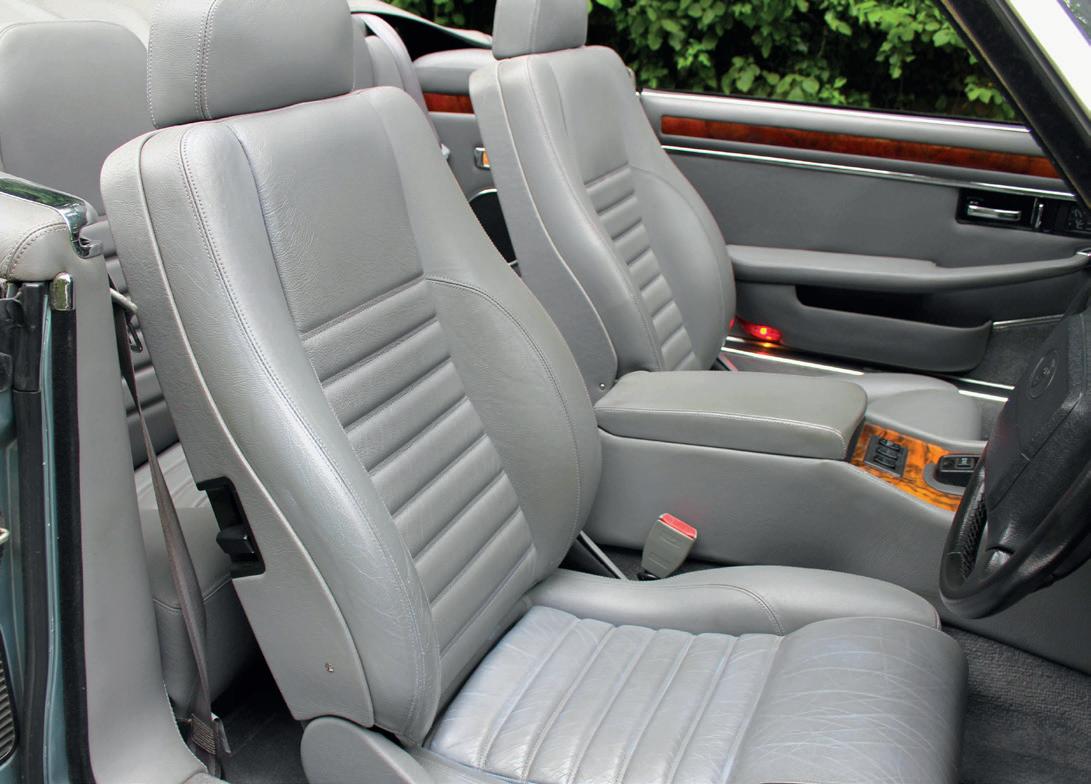
It has been said, mainly by the man who did it, that the Aston DB7 was the best ride and handling compromise the XJ-S ever had. Having driven one now, I agree with him. Dave Hudson was TWR’s development guru at the time, and had worked at Jaguar, Ralliart Mitsubishi and M-Sport Ford, both rally arms of the works WRC rally teams. If anyone knew damper tuning, Dave did.
Dave says due to cost constraints they weren’t allowed to touch anything that involved having to do a crash test or a legislation change. That limited them to front and rear bumper covers, glass house, suspension spring and damper changes, steering tuning and exhaust tuning.
The steering weight that Dave tuned in is spot-on for a large sports car, as opposed to a boulevardier which is where the XJ-S leans, with light steering even in Sports pack form.
The XJ-S Sports pack compromise is good, but not as good as the Aston, which feels altogether tighter with less roll.
The Volante (Convertible Aston Martin) rear suspension feels a bit floaty, like an old XJ40, which isn’t a surprise as the Convertible versions of XJ-S couldn’t handle a stiff rear suspension either. That was because of scuttle and chassis shake, but it didn’t suffer from pitch float at the rear like this Aston did.
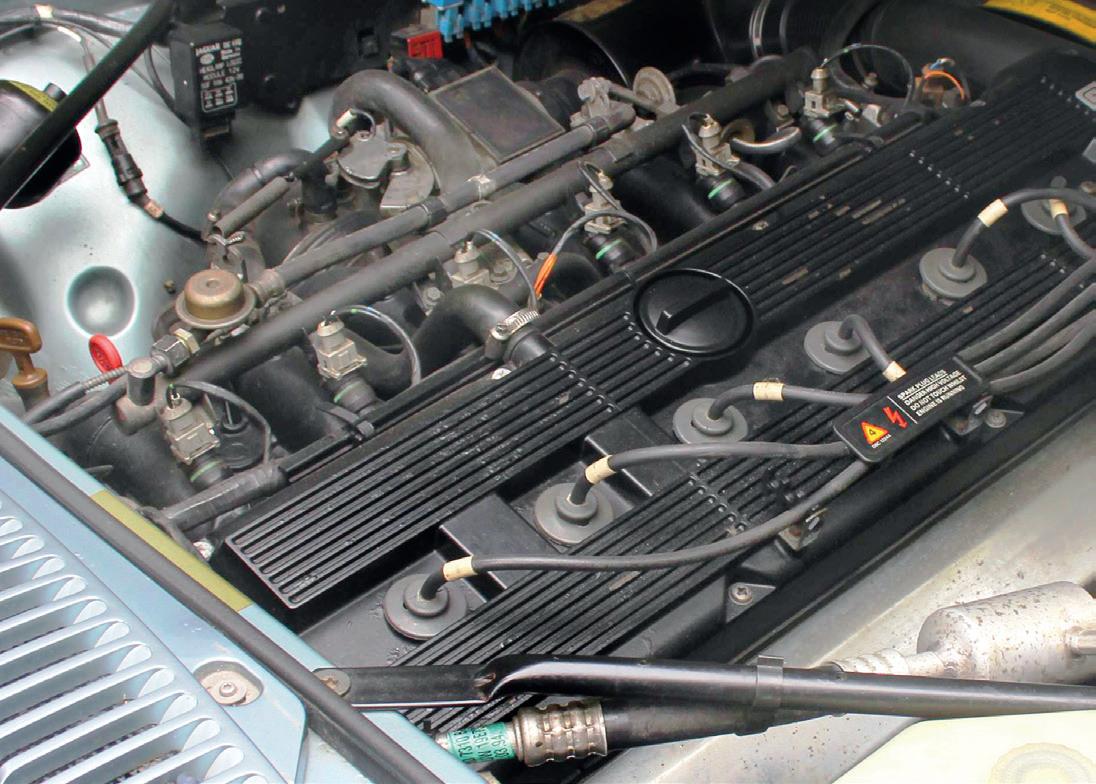
The whole feel, apart from the rear pitch float, is of a much more resolved sportscar, helped by heavier steering and a much better exhaust note.
I can’t remember an AJ6 ever having a sweet exhaust note, but the Aston comes close, although the supercharger noise is obtrusive. Being an auto the response on this car wasn’t electric, the supercharger with a relatively small engine suited a manual transmission much better.
The appointments and trim on this DB7 were superb, a definite step up from the XJ-S. I think I would like to try a Coupé before I totally agreed with Dave’s assessment, but it does seem likely that NPX is a better XJ-S. I’d certainly prefer one to an X-100.
So, is the DB7 just an XJ-S in a party frock? Yes, it is.
The heavy bits are all the same, but Aston have genuinely done a better job of a sports-oriented GT. They actually used











